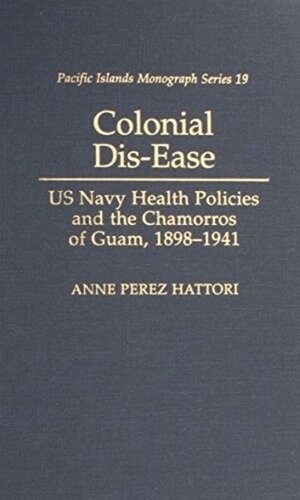

Most ebook files are in PDF format, so you can easily read them using various software such as Foxit Reader or directly on the Google Chrome browser.
Some ebook files are released by publishers in other formats such as .awz, .mobi, .epub, .fb2, etc. You may need to install specific software to read these formats on mobile/PC, such as Calibre.
Please read the tutorial at this link: https://ebookbell.com/faq
We offer FREE conversion to the popular formats you request; however, this may take some time. Therefore, right after payment, please email us, and we will try to provide the service as quickly as possible.
For some exceptional file formats or broken links (if any), please refrain from opening any disputes. Instead, email us first, and we will try to assist within a maximum of 6 hours.
EbookBell Team

5.0
28 reviewsA variety of cross-cultural collisions and collusions—sometimes amusing, sometimes tragic, but always complex—resulted from the U.S. Navy’s introduction of Western health and sanitation practices to Guam’s native population. In Colonial Dis-Ease, Anne Perez Hattori examines early twentieth-century U.S. military colonialism through the lens of Western medicine and its cultural impact on the Chamorro people. In four case studies, Hattori considers the histories of Chamorro leprosy patients exiled to Culion Leper Colony in the Philippines, hookworm programs for children, the regulation of native midwives and nurses, and the creation and operation of the Susana Hospital for women and children.
Changes to Guam’s traditional systems of health and hygiene placed demands not only on Chamorro bodies, but also on their cultural values, social relationships, political controls, and economic expectations. Hattori effectively demonstrates that the new health projects signified more than a benevolent interest in hygiene and the philanthropic sharing of medical knowledge. Rather the navy’s health care regime in Guam was an important vehicle through which U.S. colonial power and moral authority over Chamorros was introduced and entrenched. Medical experts, navy doctors, and health care workers asserted their scientific knowledge as well as their administrative might and in the process became active participants in the colonization of Guam.